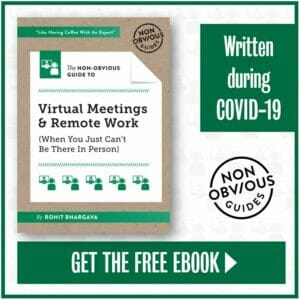https://feeds.feedblitz.com/~/623402024/0/convinceandconvertconsulting/
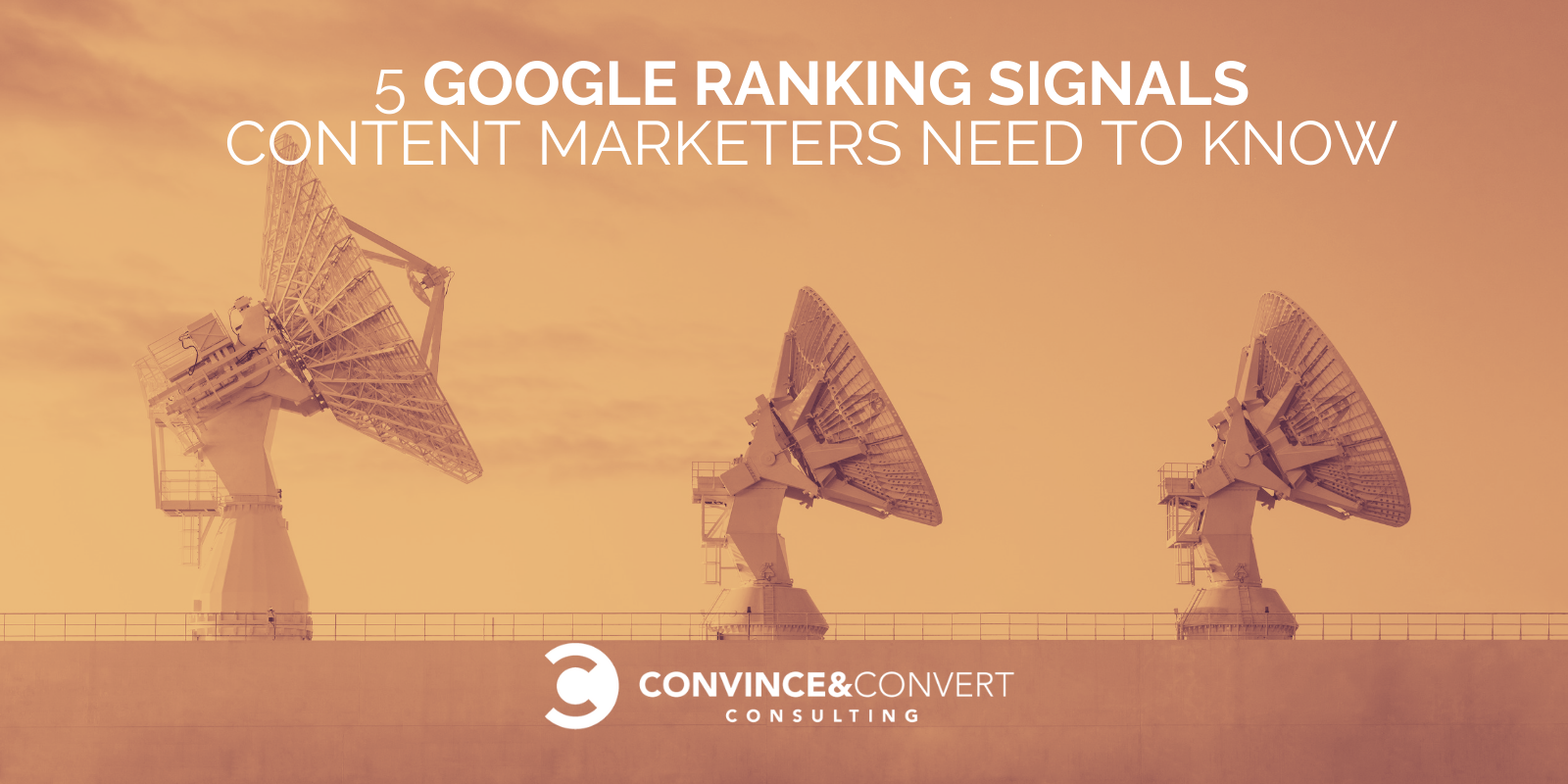
When it comes to search engine optimization, content is key to success. The thing is, while technical SEO does exist (and even plays a teeny-tiny factor), Google has stressed it time and again: All you really need for Google to like your site is publish high-quality, useful content. But what exactly is perceived as a sign of high-quality content?
Here are five content-related ranking signals Google is using to determine whether a specific article deserves to appear on top of Google.
1. Highly-Linked Content
A backlink profile is Google’s oldest ranking signal. Ever since Google launched, backlinks were at the core of its ranking algorithm. And while Google has repeatedly added dozens — and even hundreds — of other signals, backlinks have remained the most powerful one.
It used to be very simple: the more, the better.
When website owners figured it out, Google’s search result pages were heavily manipulated, so Google had to up its game. It’s all very complicated now, to the point where I doubt there’s a single person working for Google who completely understands how it works.
There are good and bad links, there are natural and unnatural links, and there are high-authority and low-authority links. One group may be balancing the other. Some links may be dragging you down, and some may be driving you up, and it’s not always possible to tell one from the other.
Now, this all comes down to one thing: you need as many editorial and natural links as possible. In other words, we need to create linkable content.
This is where the content creator can play a crucial role: it is actually in our power to create content that attracts links.
What is linkable content?
There is no single definition to linkable content, as there is no single type of link. Educational content attracts links from teachers, bizarre content drives links from popular media outlets and discussion boards, and innovative content may get links from niche journalists.
There are no set rules here, so it will be up to how well you do your research, and for the most part, up to your luck.
When working on an article, check out Buzzsumo to get an idea of which content attracts most links on your topic. Buzzsumo allows you to filter results to see recently published content and evaluate the current linkable trends:

Buzzsumo allows you to filter results to see recently published content and evaluate the current linkable trends:
2. Relevancy
Actually, this one should be #1, of course. I put after links only because it is a more recent signal — the one Google is still figuring out.
Years ago, adding a specific keyword several times in an article or on a page was enough for Google to consider that content relevant to the matching search query.
Obviously, this was a very easily-manipulated signal, so Google has been working hard on improving its relevancy signals.
Yes, there’s no single signal here, so, like with backlinks, we are talking about a group of signals. But as copywriters, we have more control here, as we actually create the content.
One of the biggest improvements to Google’s relevancy algorithms has been implemented thanks to the introduction of semantic mapping, which helped Google understand each query in context rather than matching the exact sequence of words to the indexed documents.
Semantic research can help publishers create better-researched, more relevant content, similar to how it helps Google algorithmically calculate relevance.
Text Optimizer is a great tool that helps you create a more relevant context to better match Google’s and its users’ expectations:

Text Optimizer is a great tool that helps you create a more relevant context to better match Google’s and its users’ expectations.
Text Optimizer will also score your content relevancy and point you to all possible areas of improvement.
Other improvements to Google’s relevancy algorithms which are not so easy to put into practice but still are good to be aware of include:
3. Content Length
This is one of those search signals that keeps causing lots of debates and arguments in the SEO niche. In truth, we will ever know the definitive answer, even though multiple research studies (including this one) seem to show that Google favors long-form content.

The average length of content ranking on Google’s first page is 1,447 words.
It is rightfully argued that long-form content may be generating more backlinks, and hence it tends to rank higher.
Either way, whether it is a direct ranking signal or simply a way to create more linkable content, long-form content seems the way to go.
Always use your own editorial judgement, but as a rule of thumb:
- If you have a choice between writing one 1000-word article or three 200-word articles, choose the longer option.
- However, if you feel like your article is turning into a 5000-word book, it is time to consider breaking into a series by breaking it into more specific angles and subtopics.
- Finally, if you feel like you have fully covered a target question in your 500-hundred article (this often happens when you address very specific / narrow queries), don’t force it. A useful article that clearly answers a question is better than a long-form content that was written solely for word count.
4. Exact Keyword Match
While Google has moved beyond exact-match keywords and can now understand relevancy beyond word strings, including your target keyword is still important.
The same study mentioned above found that “the vast majority of title tags in Google exactly or partially match the keyword that they rank for”. Note that most titles didn’t have exact-match keywords but rather some variations of those.

Most title tags on the first page of Google contain all or part of the keyword that they rank for.
This does tell us that Google is still looking at keywords, so keyword research and optimization is still important. Here’s a helpful list of best keyword research tools out there, updated for 2020.
5. Content Engagement
To the best of my knowledge, Google has never confirmed that they use on-page engagement (what people do once they land on your page) as a direct ranking factor.
I can see why it may be a difficult decision for them. If users leave right away, does it mean the content was useless? Or does it mean it is so great that people found an answer right away, totally satisfied with what they read?
The above question makes both “bounce rate” and “time on page” metrics questionable signals of content quality.
However, for the search giant to totally ignore user satisfaction signals would be a huge oversight, given that they also own Google Analytics, which gives them plenty of data to peruse.
There are educated theories that Google uses some user engagement metrics as a ranking single, but those signals are evaluated differently from SERPs to SERPs, and they are never absolute metrics. Instead, they are being compared for top-ranking sites, allowing Google to quickly identify possible anomalies.
There’s not much content creators can do to impact user engagement, apart from creating genuinely useful content. But it is always a good idea for content creators to view site analytics and track content performance.
Finteza is the modern web analytics platform with a huge focus on conversions and engagement monitoring. You can use Finteza to better understand which of your articles are read in full, which of them send the users down the sales funnels, and which send them away from your site.

Use web analytics to figure out how to create more engaging content.
Conclusion
Of course, there are many more search signals that help Google serve up the most relevant search results. It is likely there are hundreds (at least 200) search signals at play any time a user clicks the “search” button. Many of those SEO factors can be handled through plugins. But content is still the foundation.
A content creator cannot influence all the aspects of search engine optimization. There are still technical elements to figure out (including the most important ones like site architecture and internal linking). And there are powerful ranking signals that are beyond an optimizer’s reach, like personalization and localization.
What you, as a content creator and content marketer can do is lay the important foundation for a high-ranking asset.
The post 5 Google Ranking Signals Content Marketers Need to Know appeared first on Content Marketing Consulting and Social Media Strategy.
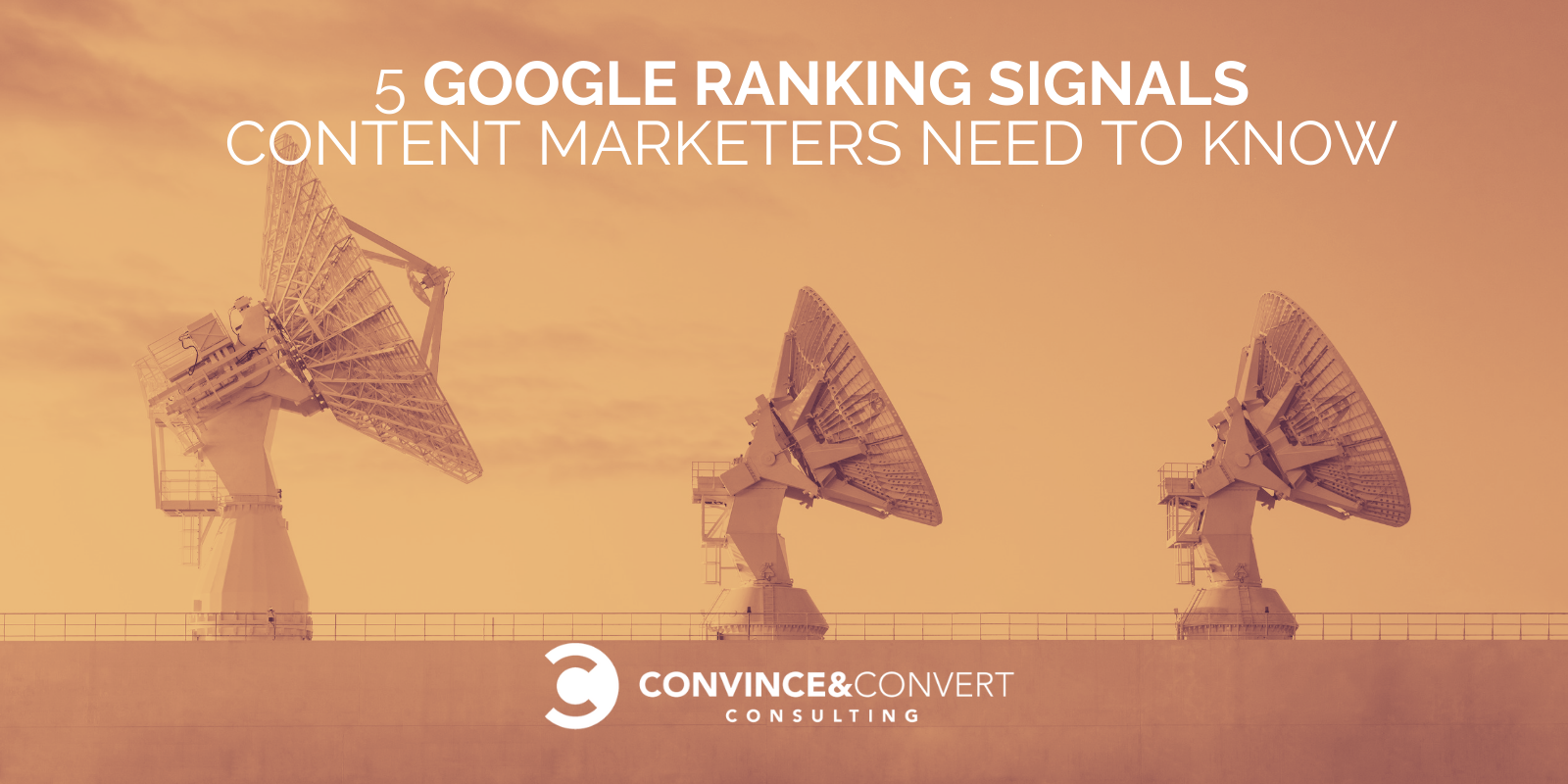
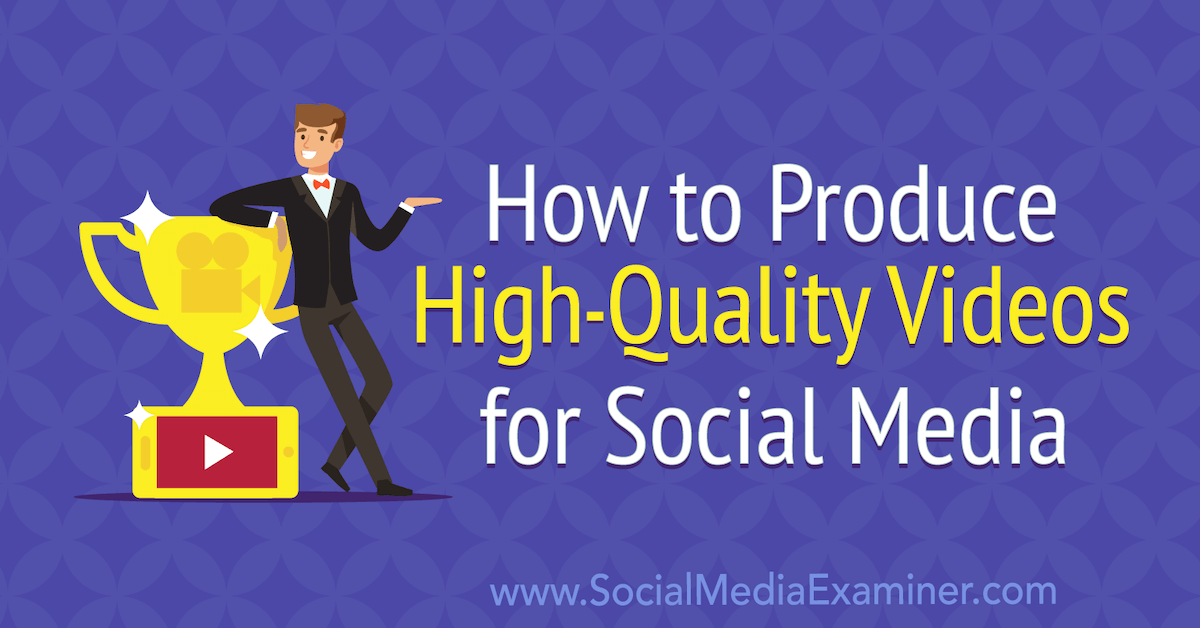

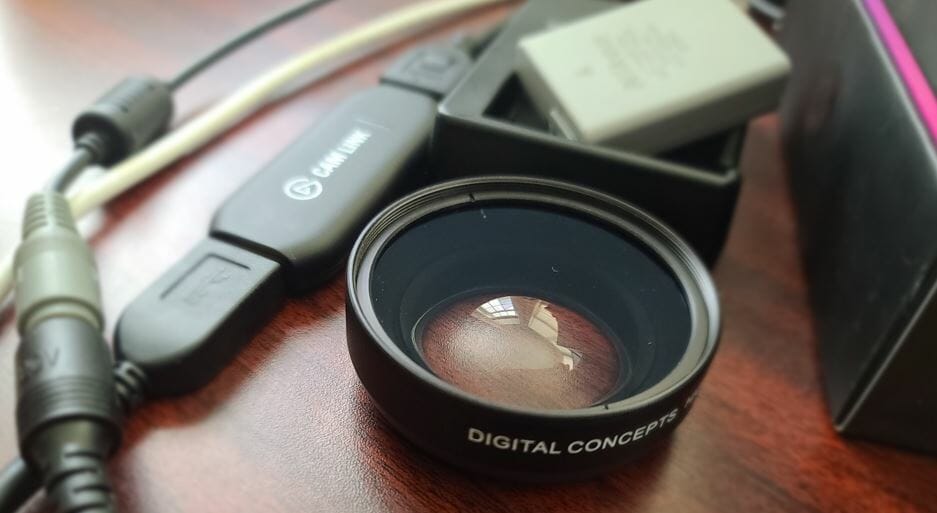



 One of the nicest things about presenting from my home office is that I can have all the tools I usually use right next to me. So while I used to share a picture of a stack of books that I read from the stage, now I can actually SHOW people the stack. Props are a great way to break up the monotony of a talk and bring your personality too.
One of the nicest things about presenting from my home office is that I can have all the tools I usually use right next to me. So while I used to share a picture of a stack of books that I read from the stage, now I can actually SHOW people the stack. Props are a great way to break up the monotony of a talk and bring your personality too.
